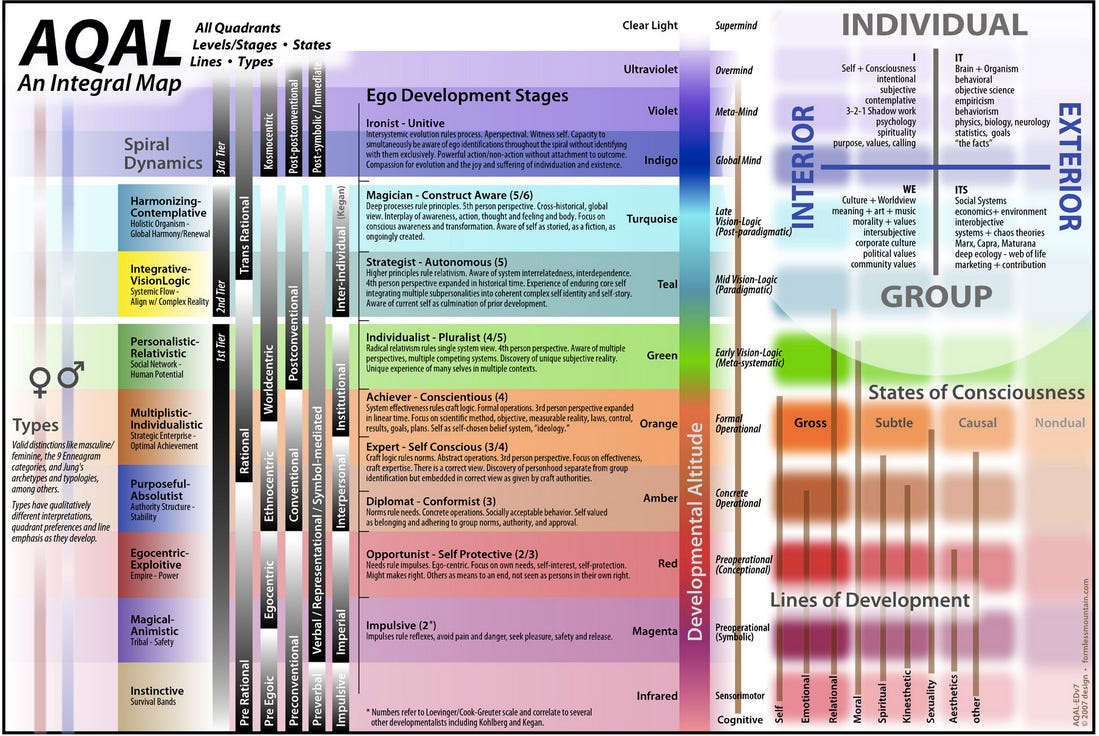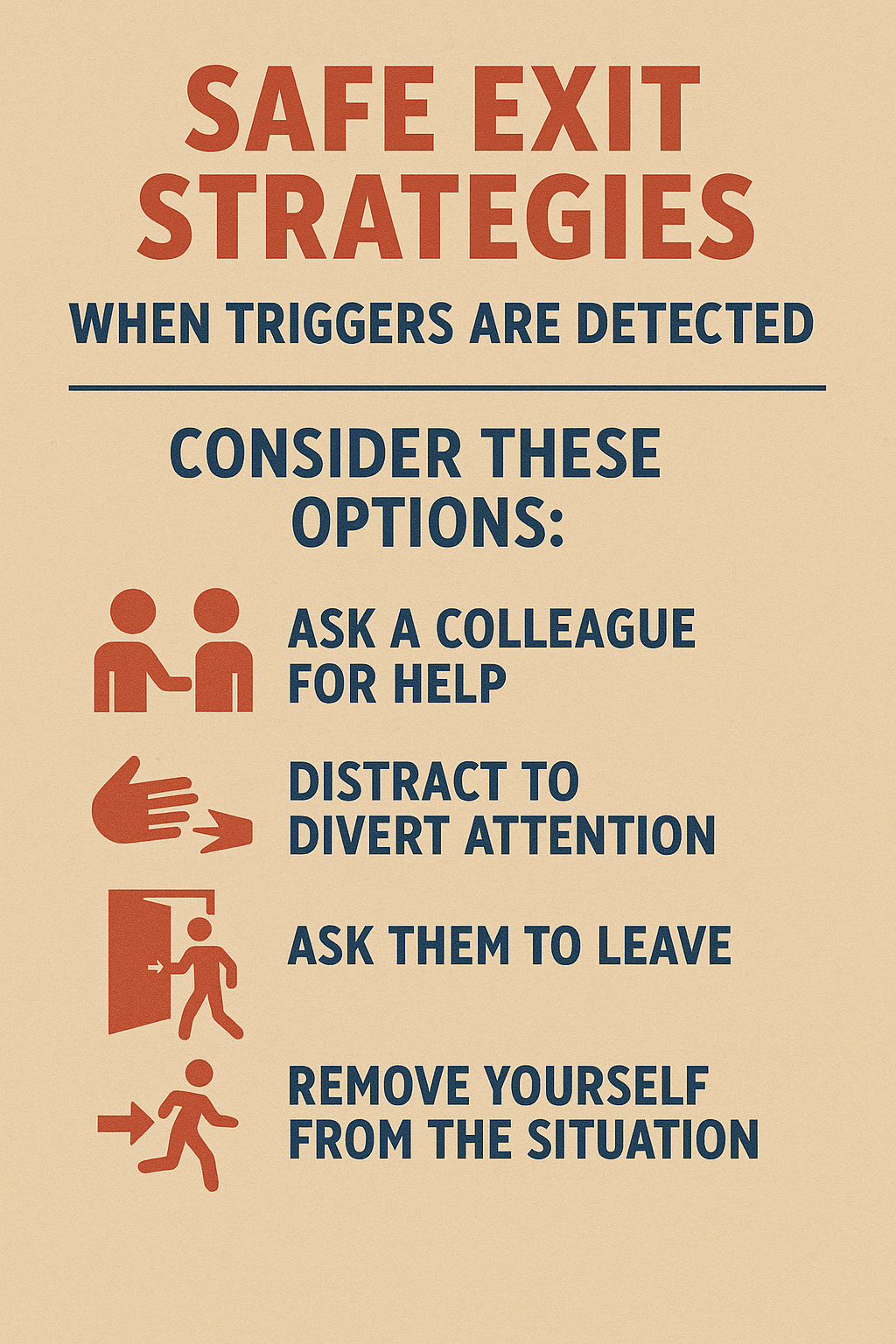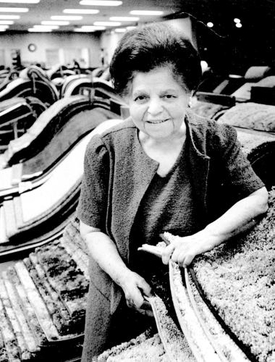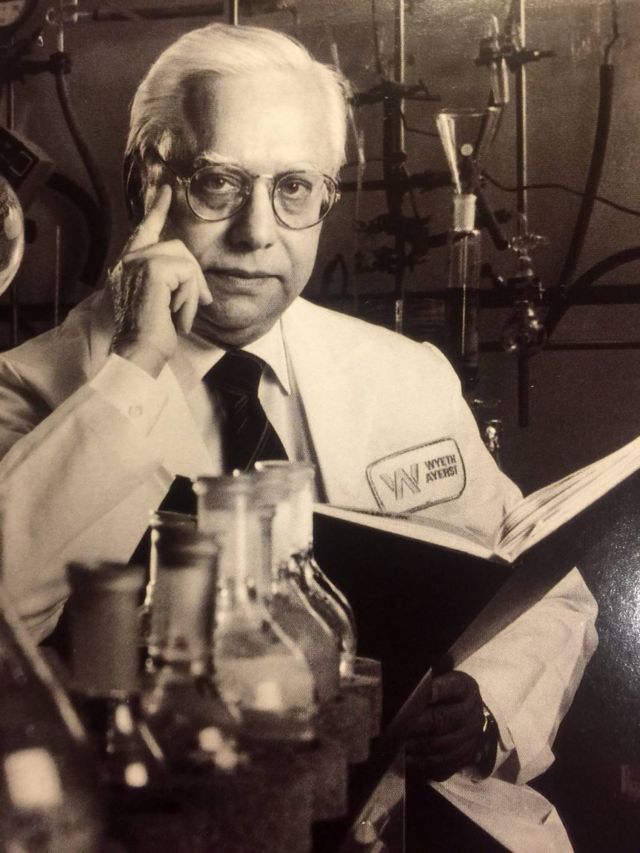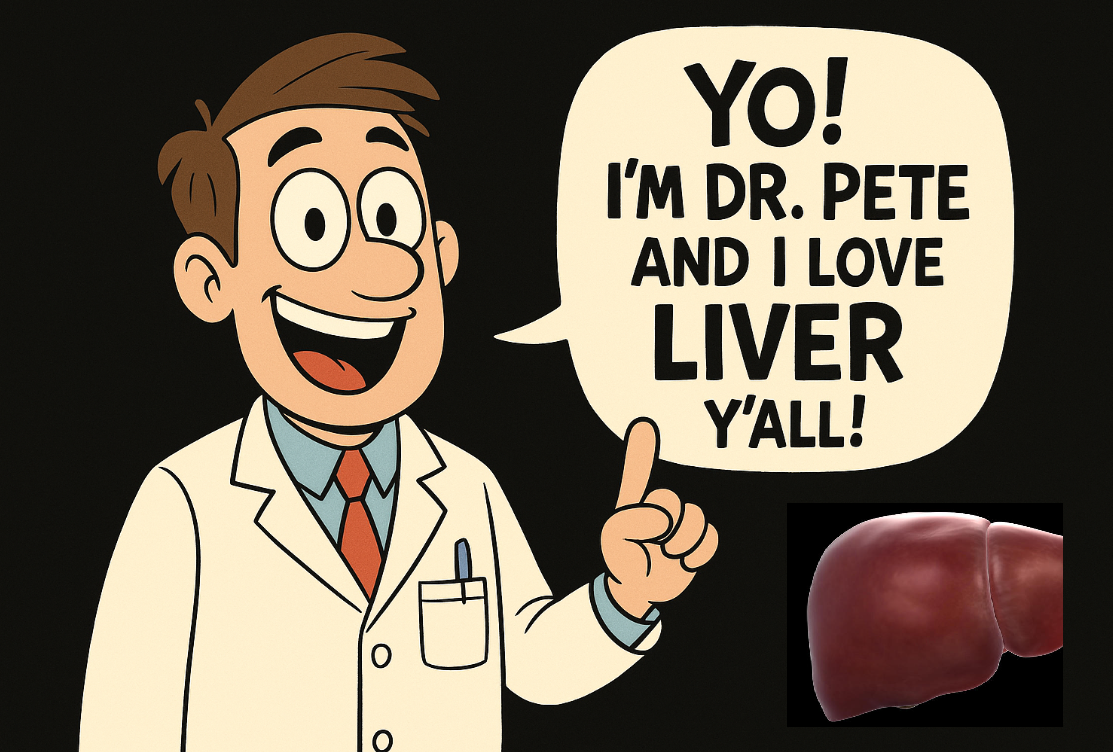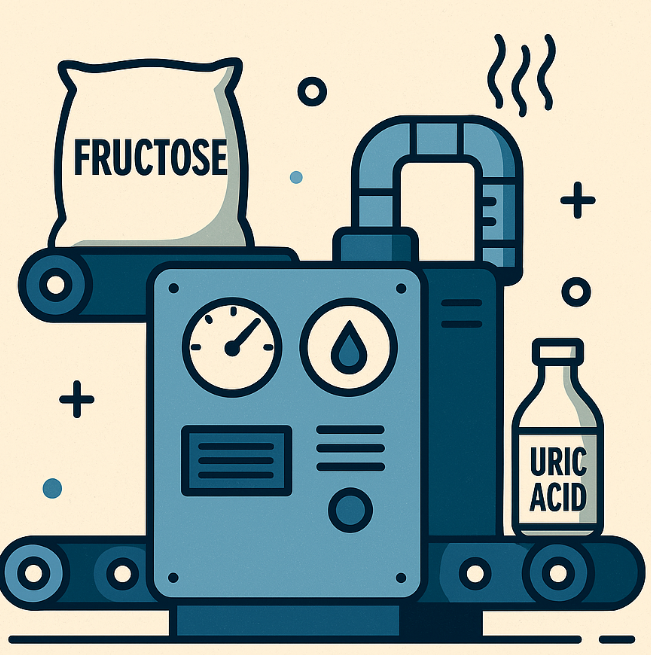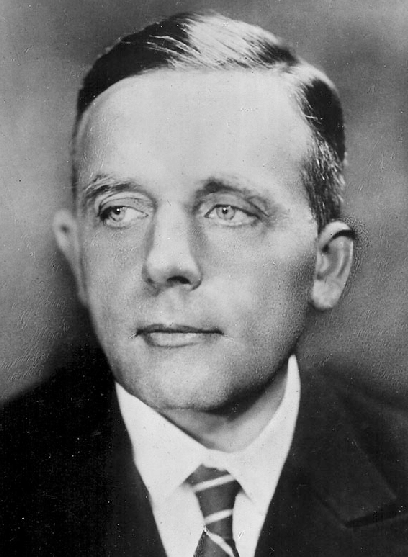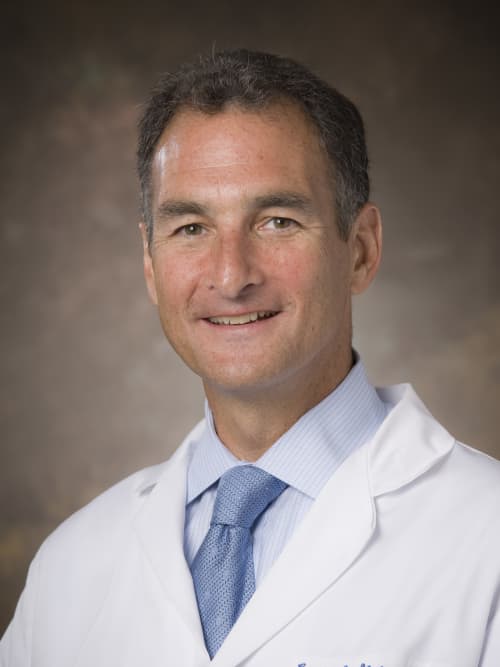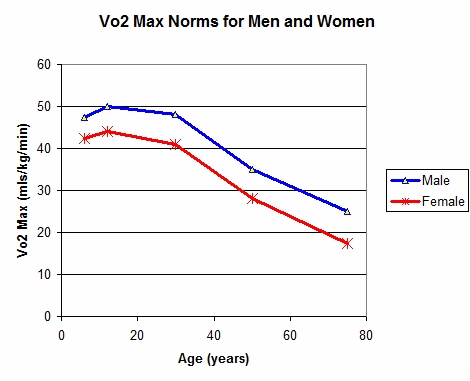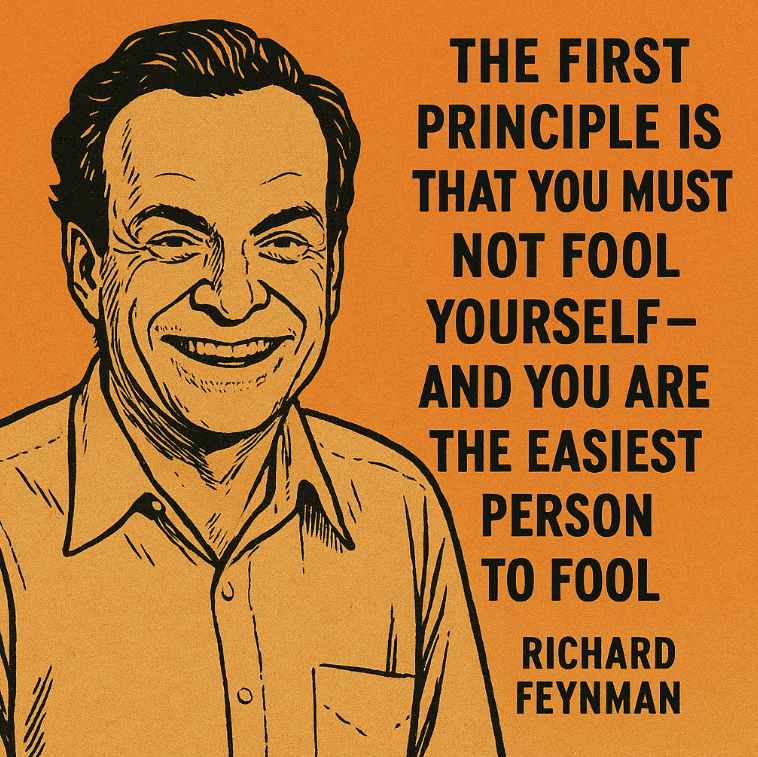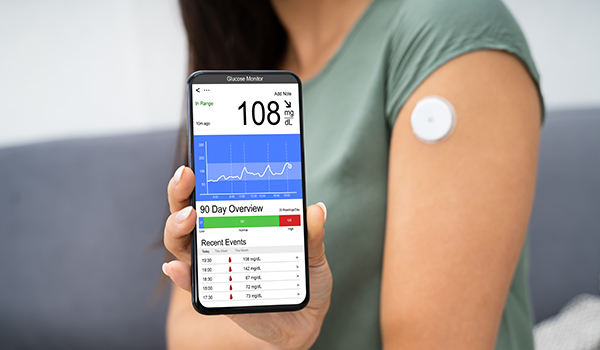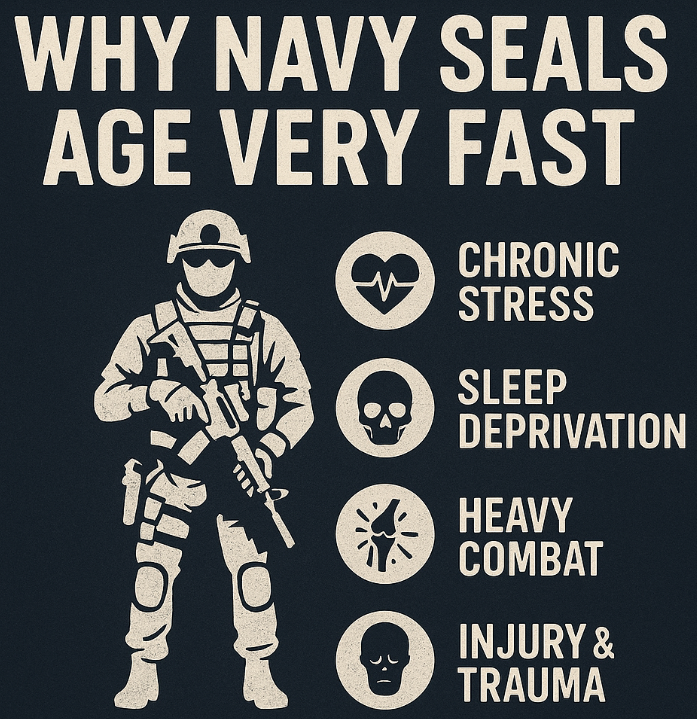You can't give a Samsung phone as a gift. Their problems starts there.
Excellent, a book that touts the value of great design has this
Wonder what Elon has to say about it.
Also, wouldn't it be nice if these design Gods followed their own advice?
Design matters
Apple has built a design-driven culture that knows how to connect with its customers in a deeply emotional way.
Apple after Jobs 2.0 : iMac > iPod > iPhone > MacBook Air > iPad > ...
What to do?
Become brilliant at using design to provide an amazing customer experience.
That's what to do. This would be a reason why you care about design.
Motorola could pioneer but could not build a design-driven culture to establish sustainable leadership.
Motorola seemed to miss the point on the Razr Instead of creating the next step in terms of the experience that people were resonating with, a mere veneer of the design was applied to subsequent products. It chose to imitate, not innovate.
Motorola doesn't have a design culture. It has an engineering culture that tries to be a design culture. But the company fundamentally failed to see this.
A great product embodies an idea that people can understand and learn about —an idea that grows in their minds, one they emotionally engage with.
It
You have to care about looks, operation, what it does, how it's communicated to people, branded and brand identity. Don't rest until you've addressed all these.
Operates - Sounds - Feels
How you become aware of it - How you buy it - The unboxing experience
Great products are about ideas; they are not just objects.
It's the customer experience supply chain
We ususally only notice bad design. A design-savvy person will say, "Oh, this is really great design; it's making my life easier. Someone has really thought this through." Developing an awareness of excellent design as the connective tissue that defines and ensures an excellent experience for your customers is a vital key to the future of your business.
Great design transcends usability into desirability
Now every time a GEICO commercial airs, they fantasize about strangling that bloody lizard. (the result of a single honest mistake that could have been prevented by good design)
When Microsoft went out and talked to people about Windows so that it could really understand how its customers felt about the company, it found that most people thought about Windows and Microsoft in the same light as they think about the utility company, the phone company, or the water district. This might come as no surprise to you, but it was a big jolt to them.
How can you get a direct relationship with your customer without spending people's time? Great design, that's how
You start with a person who is, or will become, your enduring customer. And you should ask yourself, "What do I want that person to feel?
One profound lesson here (the iPod) is that details matter big-time. Jobs knew this and got involved at the level of tiniest design detail to make the iPod a success.
Design-in! Don't "add in"
Think about the customer experience "supply chain"
Culture eats strategy for breakfast
Any dissonance in the culture design, the organizational structure, and the incentives will produce toxic waste in the environment, and you will lose. Trust us on this—the environment always wins.
Hilton wanted the customer experience to establish a positive emotional connection to his brand. Every detail went toward that. Hilton's hotels were among the first to put an H imprint in the white sand of the hallway ashtrays and to fold the toilet tissue into a triangle at the end. The effect was to communicate to the customer, "We're paying attention to every detail of your stay."
Hilton clearly had the customer experience in mind, but did that make his company a design-driven one? No.
Do the hard work to figure out what is truly iconic and can't be copied!
More than ever, I am aware that what we have achieved with design is massively reliant on the commitment of lots of different teams to solve the same problems and on their sharing the same goals. --Jony Ive, Apple
Jony:
Don't differentiate. Try to innovate:
- Care enough
- Take the time
- Invest the resources
Trim features and perfect UX
nutshell•nutshell•nutshell•nutshell•nutshell
•
•
t
You must
build a development process s
u
that
centers on people and an h
n
experience.
e
•
l
nutshell•nutshell•nutshell•nutshell•nutshell
Need * Emotion as an ingredient * Orchestration of design, manufacture, delivery * Vigilance (to stay ahead)
Embrace your positive legacy - what people like and relate to. Using that as your lower tier, ask what you can build on top of that.
Mediocrity is what you end up with if you try to make something everybody likes. Apple didn't target the iPod at everybody.
Whether you are recruiting for design-driven talent or you want to send your current executives to a school that will immerse them in customer-experience thinking, the good news is that such places exist:
- Institute of Design (ID) at the Illinois Institute of Technology
- Harvard Business School – Managing Innovation Course
- Northwestern University – Master of Product Design and Development Management (mpd²)
- Georgetown University – MARK 571: New Product Development & Forecasting
- University of Michigan – Ross School of Business Electives
- Carnegie Mellon University – Tepper School: Innovation and Product Development Track
- University of California, Berkeley – Haas School of Business
- University of Pennsylvania – Wharton Executive Program: Strategy and Innovation
- INSEAD & ArtCenter College of Design – Joint Program
- Stanford University – Hasso Plattner Institute of Design (d.school)
Even a thing like a book is a portal. Don't think of this thing you hold in your hands as a product. Look at it as a portal.
Think of that iPod, iPhone, or sleek MacBook Air you just bought. What does it say when you see it, hold it, turn it on, and use it. Its design language is talking to you, and if you are Apple, believe me, this language is well thought out.
A Company that Gets it Right
When you walk into an IKEA store, you know you're not in your everyday furniture and fixture store. As we said with BMW, the function of design language is to define the audience, knowing that it's not for everyone. The BMW message is focused. It is all about performance, prestige, authenticity, and great German design and craftsmanship.
How you're supposed to feel after visiting the BMW dealership:
You climb out, shake off minor goose bumps, and decide
that to be fair, you need to see a few more of the car lots. You
climb back into your auto, which is starting to look and feel
a lot older and clumsier than it did when you set out, and you
head for the next dealership, which happens to be the
Hyundai lot. What's going on here? A lot of the cars look
familiar, and this design language concept with which you
are only beginning to feel familiar is telling you a whole lot
of mixed messages. It's like the Tower of Babel. That model
looks kind of like it's pretending to be a BMW, and the one
over there is almost an Acura. Another looks a bit like a
Mercury, another Toyota-ish, another with shades of Lexus,
and so on. You get the same sensation at the Kia lot, and you...
Looks + sound, operate, function (i.e., not just looks)
An aspirational product, service, or brand is one that a significant portion of the market desires but maybe can't afford, or it's one that shares its sizzle with the user who is aware that he or she is getting in on something that not everyone gets to enjoy.
The challenge is that really good innovative design tends to break norms, and most people right off the street have a hard time getting their heads around that.
In design, risk is not a four-letter word. You have to take chances to get anywhere.
Think risk support rather than mitigation. You have to ask: "What are the boundary conditions around that design that are going to break it if we keep trying to pull things out?"
Establish a culture where failure is OK if one is trying to move things forward.
| Focus |
On the customer experience (needs and desires) |
| Long term |
Keep improving incrementally. You're never done! |
| Authentic |
People can sense if you're not |
| Vigilance |
Be aware of your ecosystem, but look to the future |
| Original |
Embrace risk that tries to improve things |
| Repeatabe |
Be the hero in different situations. Bring your class to the game |
It's all about people
People are seeking a great experience of being alive.
Human beings do whatever they do based upon an expectation that their experience will be the better for it.
Recognize the emotional impact of what you are offering. It is business-like to shy away from emotions, but that's deadly, when dealing with customers. Design the customers experience supply-chain accordingly.
